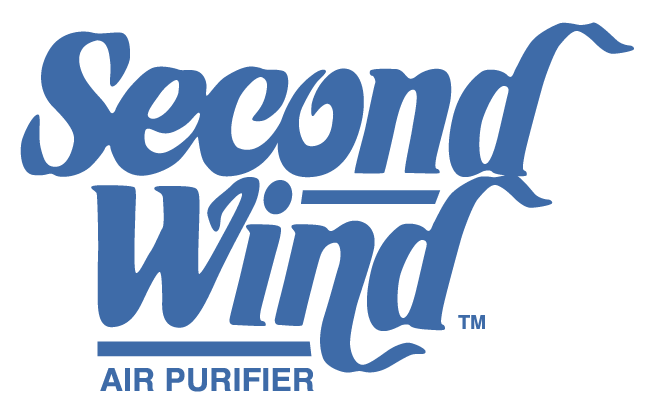Air pollution is a serious threat that is often unavoidable. Driving, mowing the lawn, or going on a walk are all examples of times we expose ourselves to varying levels of outdoor air pollution, but for the most part, that’s just life. We cannot control the levels of harmful contaminants in the air outdoors, but we can control the air we breathe indoors.
According to the United States Environmental Protection Agency (EPA) a growing amount of scientific evidence suggests that indoor air in any capacity (your home, offices, schools, stores, etc.) is significantly more polluted than outdoor air, even in industrial areas and large cities. The EPA also quotes research that says people spend up to 90% of their time indoors, making the risk from indoor air pollution far greater than that from outdoor air. Therefore, it’s no surprise that long-term exposure to indoor air pollution causes susceptibility to a host of chronic illnesses such as asthma, cardiovascular disease, and more.
But why is indoor air so polluted? Apart from having its own pollution sources like cleaning products, gases, and pets, indoor spaces trap the pollutants that sneak in from the outdoors as well. This sneaking process is called infiltration and it can happen as a result of cracks in a houses floors, walls, or ceilings as well as from open windows and doors. In natural ventilation, air flows through a space, entering and leaving, but most of the time the air and its contaminants get stuck inside.
Add to infiltration is the fact that you bring pollutants inside on your shoes. We even cause our own poor indoor air quality with products we use daily (spray cleaners, hair spray, furniture polish, spray deodorant, candles, tobacco, and more).
Although encouraging natural ventilation is a good way to increase your indoor air quality, it just isn’t a sophisticated enough method to truly clean your indoor air. GeneralAire® air cleaners, humidifiers, dehumidifiers, and Second Wind™ UV air purifiers all make indoor air safe and clean, so you don’t have to worry about infiltration, indoor pollution, or any of that crazy stuff. Check out the links below to learn more!
https://www.generalfilters.com/
https://www.epa.gov/indoor-air-quality-iaq/inside-story-guide-indoor-air-quality








